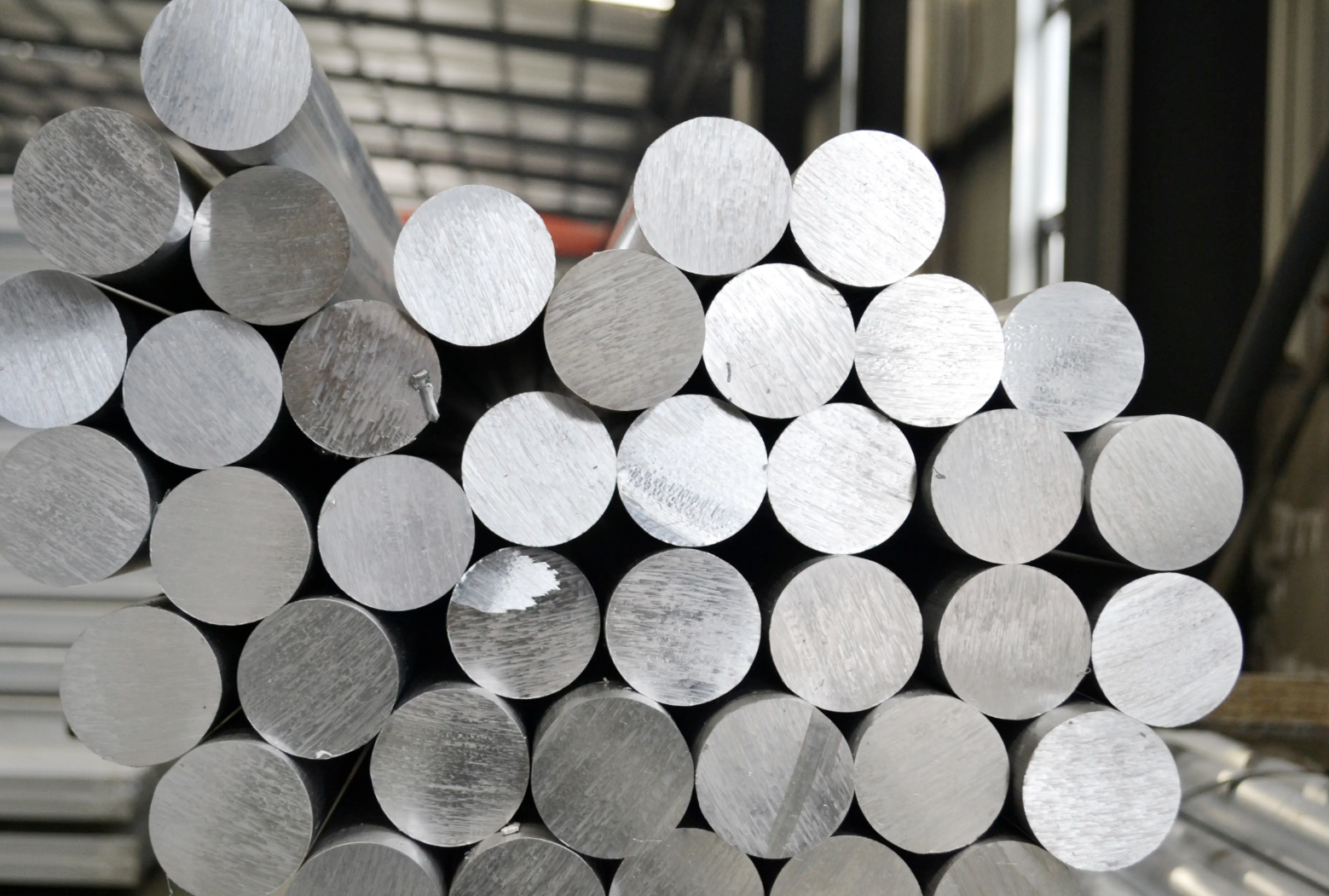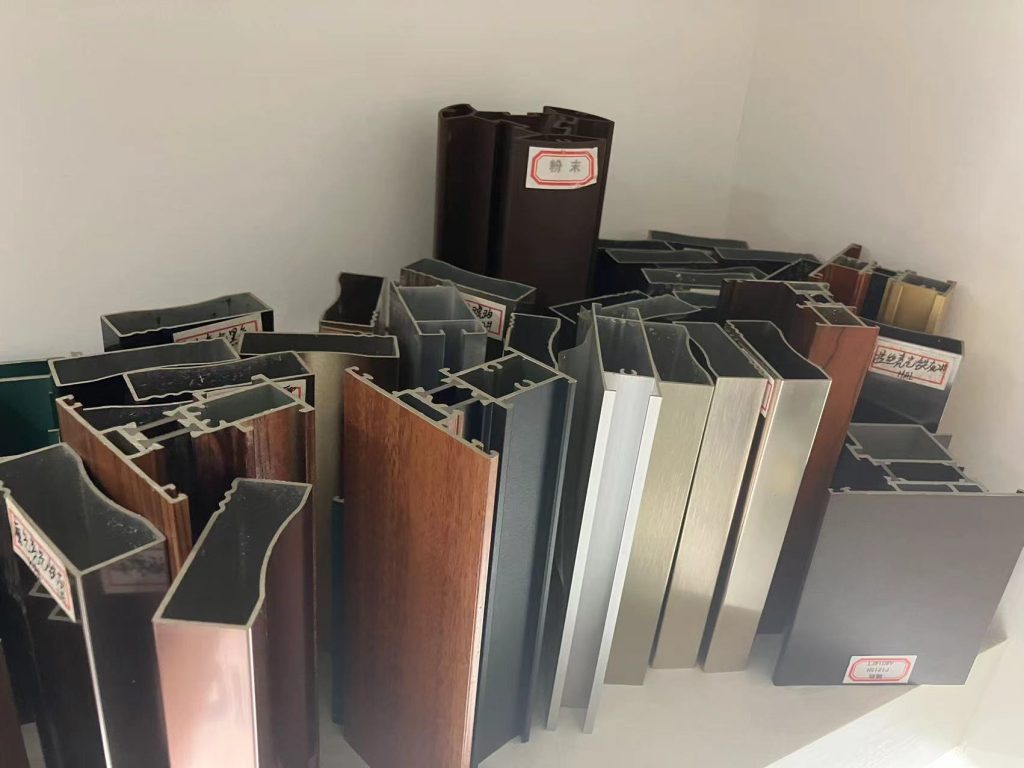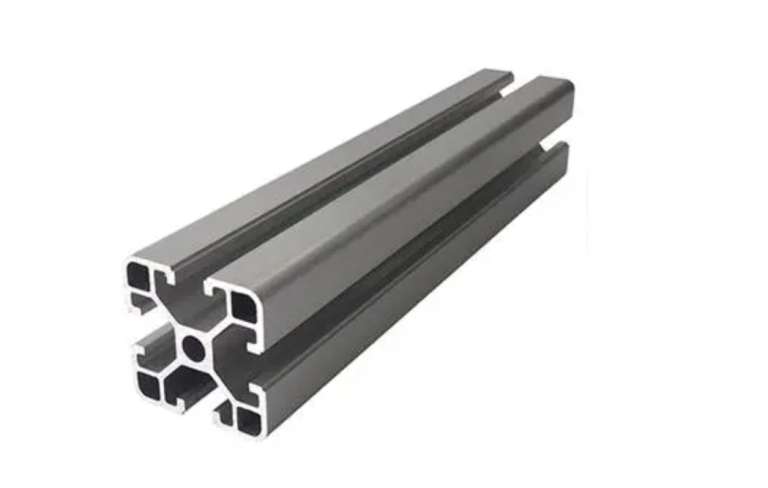3003 vs 6063 Aluminum: Which Alloy Is Right for Your Project?

3003 aluminum and 6063 aluminum are two popular alloys with distinct characteristics. While both serve specific purposes, they differ in composition, strength, and applications. Understanding these differences can help you choose the right material for your project. Let’s break it down simply and clearly.
Alloy Composition of 3003 Aluminum vs 6063 Aluminum
3003 Aluminum Alloy: This alloy belongs to the aluminum-manganese (AL-Mn) group. Its primary alloying element is manganese, which makes up 1.0-1.5% of its composition. Manganese improves corrosion resistance, making 3003 a popular choice for applications where durability matters.
6063 Aluminum Alloy: This alloy is part of the aluminum-magnesium-silicon (AL-Mg-Si) group. Magnesium and silicon are its key components, working together to provide medium strength and excellent formability. It is heat-treatable, which allows it to be strengthened for uses like architectural frames and tubing.
Physical and Mechanical Properties of Aluminum 6063 vs Aluminum 3003
3003 aluminum is stronger than pure aluminum but cannot be strengthened through heat treatment. Cold working is commonly used to improve its mechanical properties. In its annealed state, it has high plasticity, making it easy to shape. However, when cold-work hardened, its plasticity decreases. The tensile strength ranges from 142 MPa to 178 MPa, while the yield strength (σ0.2) is at least 115 MPa.
6063 aluminum offers medium strength and can be strengthened through heat treatment. Its tensile strength and plasticity depend on the proportions of magnesium and silicon in its composition. Heat treatment significantly increases its strength due to the interaction of these elements. However, this process may slightly reduce its corrosion resistance.
Comparison of Corrosion Resistance and Surface Treatment
3003 aluminum alloy: This alloy offers strong corrosion resistance, similar to industrial pure aluminum. It performs well in environments like fresh water, seawater, and food processing. It also resists damage from organic acids, gasoline, and neutral inorganic salts. However, when subjected to cold deformation, it may develop flake corrosion, which can weaken its surface.
6063 aluminum alloy: The corrosion resistance of 6063 depends on its chemical composition and heat treatment. In most cases, it resists corrosion effectively. However, variations in magnesium and silicon content can impact its durability, making these elements critical to its performance.
Machinability Comparison
3003 aluminum alloy: This alloy is easy to form, weld, and cut, making it versatile for various applications. Its machinability, however, is relatively limited compared to other alloys, requiring more effort for precise machining.
6063 aluminum alloy: This alloy offers excellent processing capabilities. It is widely used in construction for aluminum doors, windows, and curtain wall frames, where accuracy and clean finishes are important.
Application of 3003 Aluminum Alloy vs. 6063 Aluminum Alloy
3003 is commonly used in applications requiring high plasticity and weldability. It is ideal for fuel tanks, oil conduits, and liquid containers. Manufacturers also use it to produce rivets and kitchen utensils due to its versatility and ease of use.
6063 is widely used in construction, particularly for aluminum doors, window frames, and curtain walls. Its processing accuracy and durability make it a preferred material for building projects that demand precision and reliability.
Final Thoughts
3003 and 6063 aluminum alloys differ in composition, properties, corrosion resistance, processing performance, and applications. 3003 is ideal for flexible and weldable uses, such as fuel tanks and kitchen utensils. 6063 is widely used in construction for doors, windows, and curtain walls due to its precision and durability.
Hugh Aluminum manufactures high-quality aluminum products, including 6063 alloy items. With 14 years of experience and over 600 customers across 40 countries, we are a trusted supplier.
If you need bulk 6063 aluminum products or reliable aluminum suppliers, contact us today. Our team is ready to help.





